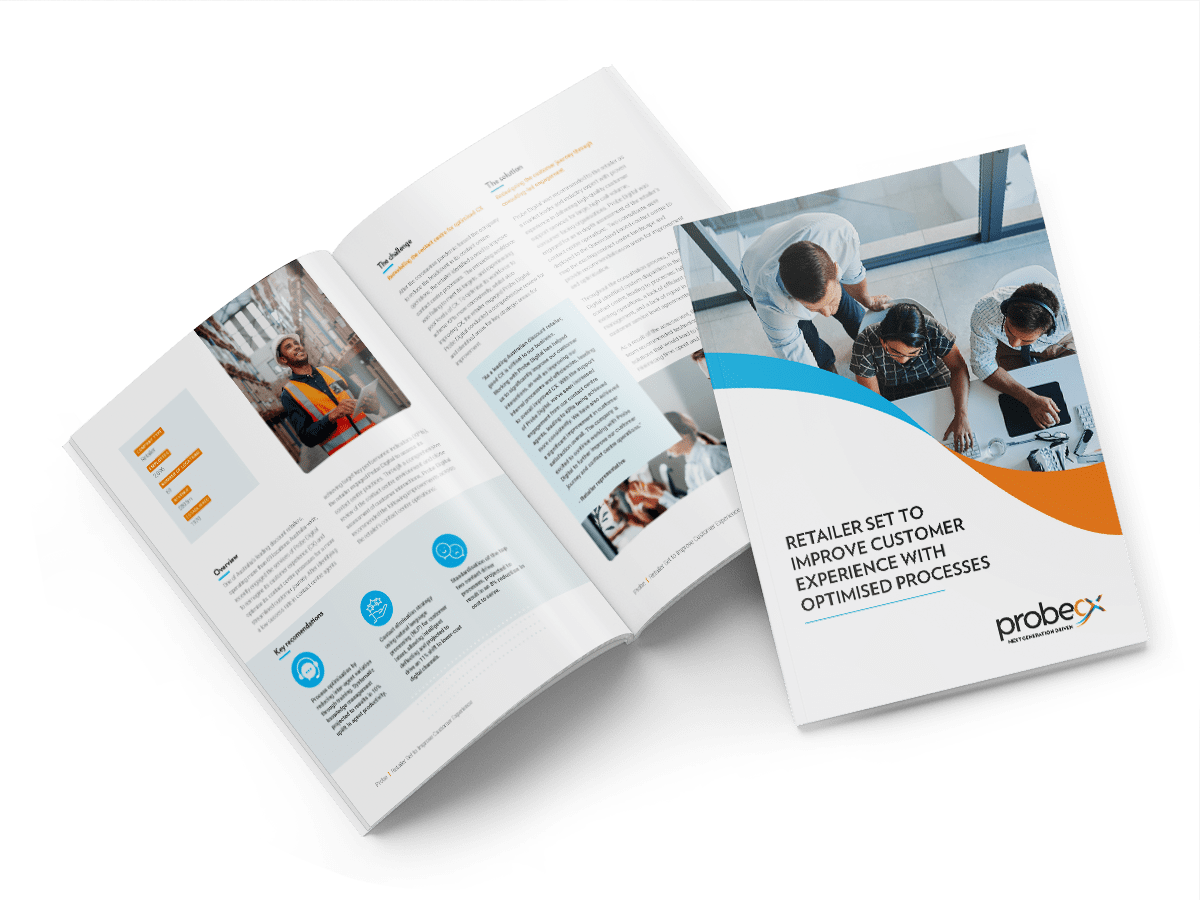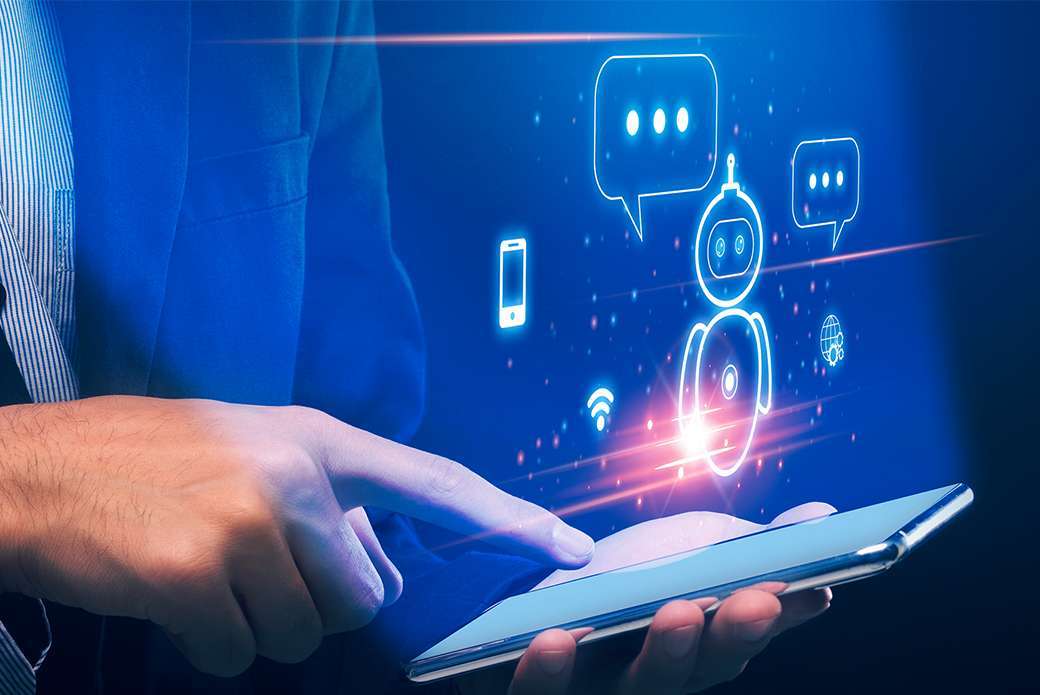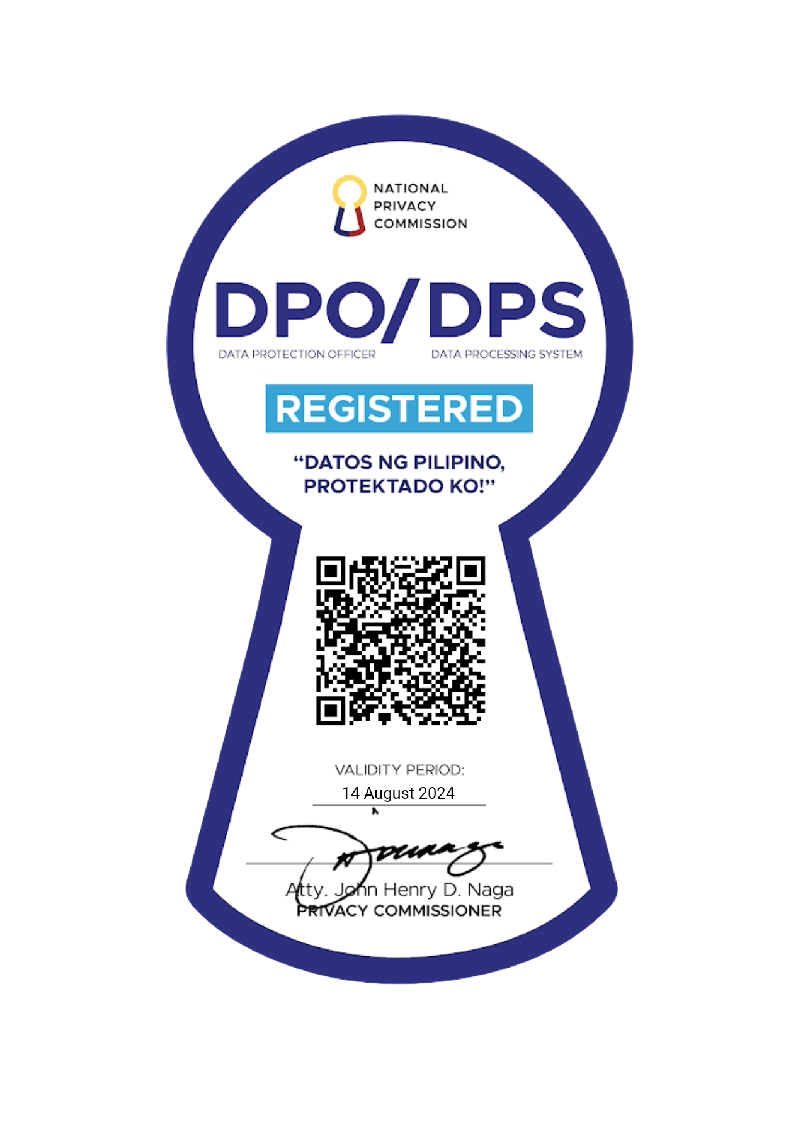-
About Us
Probe CX is a tech-powered, global customer experience organisation that amplifies human capabilities with technological excellence.
-
Vision and Culture
We help our clients become modern digital organisations by combining the latest technology with people, process and data.
-
Executive Team
Meet the team with unmatched experience committed to helping organisations create environments for digitally-enabled CX to thrive.
-
Compliance
Industry-recognised certifications to protect what matters most to our clients and their customers.
-
Locations
Over 19,000 team members delivering exceptional customer experiences across five countries.
-
Reasons to choose Probe CX
The top nine reasons to get more closely acquainted with Probe CX.
TECHNOLOGY & TRANSFORMATION SERVICES
 Creating exceptional customer experiences by 'doing it better'
Creating exceptional customer experiences by 'doing it better'
Optimise your customer experience by designing, deploying and managing digital solutions customised to your unique needs.
Continue reading- Blog
- 25+ amazing chatbot statistics

- The global chatbot market is expected to almost quadruple from $2.6 billion in 2019 to $9.4 billion in 2024 (ResearchAndMarket.com)
- 27% of consumers are interested in artificial intelligence support tools (Tidio)
- 87.2% of consumers report having positive or neutral chatbot interactions (Drift)
- 69% of online entrepreneurs say delivering their customers fast answers and shorter wait-times is their primary motivator for adopting chatbots (Tidio)
- Chatbots can answer 80% of standard questions (IBM)
- Retail consumers are the most likely to engage with a chatbot in the US (Statista)
- Chatbots will handle up to 90% of healthcare and banking queries by 2022 (CNBC)
- 64% of internet users say 24-hour service is the best feature of chatbots (Drift)
- 1.4 billion people are using chatbots (Acquire)
- The US (36%) and India (11%) are home to the largest portion of the world’s chatbot users (Chatbots Life)
- 50% of business owners do not want to use chatbots simply because they do not know how to (Tidio)
- 64% of agents who use chatbots spend time on more difficult problems (SalesForce)
- Chatbots will save companies 2.5 billion customer service hours by 2024 (Juniper).

More than half a century has passed since the world’s first chatbot engaged in its first ‘conversation’ and just as the science driving the ground-breaking technology has grown, so too has the plethora of statistics that tell the story of the industry. With their ability to reduce costs and increase efficiencies, chatbots were destined to win favour with businesses but a COVID-inspired surge in digitisation has resulted in an unprecedented boom that shows no signs of slowing down. Throw in the game-changing benefits of artificial intelligence (AI) and it’s no wonder there are endless facts and figures that highlight the rise of chatbots.
Just to reaffirm, a chatbot is a computer program that simulates and processes human conversation – either written or spoken – thus allowing humans to interact with digital devices as if they were communicating with a real person. In their more basic form, they are simple text-based mechanisms programmed to respond in predetermined ways to specific questions but, befitting a world where technology knows no bounds, they are increasingly developed using artificial intelligence to allow users to engage in a more conversational manner. Better still, the AI versions use natural language processing and machine learning to become contextually aware and evolve as they are exposed to more human language.
Few statistics highlight the unfolding boom more than ResearchAndMarket.com’s finding that the global chatbot market is expected to almost quadruple from $2.6 billion in 2019 to $9.4 billion in 2024. That is just the tip of the iceberg though, with the following data reinforcing why there has never been a more important time to invest in the power of chatbots.
- 27% of consumers are interested in artificial intelligence support tools (Tidio)
While people were once fearful of a world where machines could react or work like humans, the tide has well and truly turned. Consumers increasingly want to engage with businesses as quickly and seamlessly as possible, with chatbots capable of doing just that and all the more so as artificial intelligence evolves. From healthcare and education to finance and retail, AI technology is providing virtual assistance across a range of industries.
- Consumers overwhelmingly have neutral or positive experiences with chatbots (Drift)
The days when consumers felt a sense of dread upon encountering a chatbot are gone. Indeed, an incredible majority of 87.2% of people report having positive or neutral chatbot interactions, with a relatively small 12.8% considering their experiences to have been negative.
- Reducing wait times is the primary motivator for adopting chatbots (Tidio)
Online entrepreneurs have many reasons for pursuing chatbot technology but 69% agree that delivering their customers fast answers – and thus shorter wait times – is number one. This was followed by saving their own time on repetitive customer service tasks (43%), wanting their websites to be more interactive (39%) and the ability to capture more emails from their customers (36%).
- Chatbots can answer 80% of standard questions (IBM)
While chatbots were once effective in handling only the most basic of requests, modern incarnations are capable of answering the vast majority of questions that users send their way. Some businesses would appreciate human employees that can deliver 80% correct answer rates so you can only imagine how much they appreciate cost-reducing technology that can do so. Trained customer support staff may be essential for addressing more complicated questions but the remainder of the time they can now focus on higher-value activities.
- Retail consumers are the most likely to engage with a chatbot in the US (Statista)
A 2019 study shone a spotlight on the industries most likely to have adopted chatbots as a tool for engaging with US consumers. Retail was the clear leader with 40%, with healthcare (22%), utilities (21%), entertainment (20%) and financial services (20%) closely grouped on the next rung. Two years is a long time in business though, especially when a global pandemic has swept the world, and it will be interesting to see the impact COVID-19 has on the next findings. Healthcare will surely rise, while it will be no surprise to see government services (9%) rocket up the list.
- Chatbots will handle up to 90% of healthcare and banking queries by 2022 (CNBC)
As two industries that facilitate huge volumes of human interactions, health care and finance could be considered the poster children for the benefits of chatbots. Services and institutions across both sectors are stepping up the development, deployment and expansion of the technology and reaping the rewards from cost savings and increased efficiencies for both themselves and the patients and customers they serve.
- Almost two-thirds of people say 24-hour service is the best feature of chatbots (Drift)
Chatbots are helping create a world where consumers no longer look at their watches and curse that they have missed the 9am-5pm window to contact a business. Chatbots not only deliver immediate responses and prompt service but can do so 24 hours a day, seven days a week, with 64% of internet users saying that round-the-clock support is the biggest benefit of the technology. Accessibility has never been more important for businesses and chatbots are helping improve it.
- 1.4 billion people are using chatbots (Acquire)
The need to tell people what chatbots are may well be coming to an end, with more than a billion people now using them on a regular basis. From humble beginnings, the technology has ingrained itself as a vital business tool across the globe and the evolution of AI is only going to further enhance their benefits.
- India is a chatbot hot spot (Giva)
No prizes for guessing that the US is home to the largest portion of the world’s chatbot users, with 36% of the global market situated within the land of the Stars and Stripes. Next on the list though is India (11%), which is no doubt underpinned by its heavy investment in technological services. Germany (4%) is the highest-ranked non-English-speaking country on the list, with the United Kingdom (3%) and Brazil (2%) rounding out the top five.
- Fear is a key barrier for businesses to adopt chatbots (Tidio)
While the evidence clearly shows chatbots offer huge benefits for businesses, many executives and managers continue to hold off on embracing their power. The reasons are multiple but one study found 50% of business owners do not want to use them simply because they do not know how to, suggesting more education about the subject is needed. A further 20% of business owners said their businesses did not require chatbots, while 16% feared needing to spend too much time on maintenance. Responses such as ‘They are too difficult’ (8%) and ‘My customers won’t know how to use them’ (4%) are further indications that ignorance remains an issue for many businesses.
- Almost two-thirds of agents who use chatbots spend time on more difficult problems (SalesForce)
Just as outsourcing allows in-house staff to swap time-consuming, repetitive tasks for more productive and high-value work, the deployment of chatbots is changing the game for human employees. SalesForce found the help of AI chatbots means 64% of agents are able to work on resolving complex problems, which compares favourably with the 50% of agents without chatbots who are afforded the same opportunity.
- Chatbots will save companies 2.5 billion customer service hours by 2024 (Juniper)
They say that money talks. Well, when an estimated $11 billion of annual customer service cost reductions across the retail, banking and healthcare sectors is up for grabs, it screams from the rooftops. That is the dollar figure tipped to be saved by the end of 2023 due to the 2.5 billion customer service hours that will be avoided by such companies introducing chatbots to their operations. Make no mistake – chatbots are a financial winner.

More Fast Facts
As alluded to earlier, the chatbot sector has spawned an endless array of statistics, far too many to capture in one blog. With that in mind, here is an abbreviated snapshot of further facts and figures that showcase why businesses and consumers alike are increasingly embracing the winning mix of computer programming, artificial intelligence and human-like conversation.
- 80% of businesses are projected to integrate some form of chatbot system by 2022 (Outgrow)
- Chatbots can help businesses save as much as 30% of customer support costs (Invesp)
- Chatbots are popular among both millennials and baby boomers (Chatbots Magazine)
- There are more than 300,000 active chatbots on Facebook (Venture Beat)
- 60% of millennials say have used chatbots and 70% of those say have had a positive experience (Forbes)
- Virtual customer assistants help organisations reduce call, chat and email enquiries by 70% (Gartner)
- 57% of executives say that chatbots bring significant return on investment with minimal effort (Accenture)
- 90% of businesses report chatbots deliver large improvements in the speed of complaint resolutions (MIT Technology Review)
- 23% of customer service organisations are using AI chatbots (SalesForce)
- 95% of consumers believe that ‘customer service’ will benefit the most from chatbots (Drift)
- 56% of consumers prefer to message a business for help rather than call customer support (Outgrow)
- 33% of consumers would like to use chatbots to make reservations, place online orders and other functions (Drift)
- Up to 73% of healthcare admin tasks could be automated by AI (Business Insider)
- 1 in 5 consumers would potentially buy goods and services from chatbots (Ubisend), increasing to 67% of millennials in the US (Chatbot Magazine)

Summary
If you were previously uncertain about how chatbots are changing the business landscape, the words you have just read have surely highlighted that companies that continue to ignore their potential risk being left behind by competitors. For newcomers to the chatbot world, it all starts with a conversation and there are plenty of experts waiting to not only share their knowledge with organisations but help leverage a technology that delivers faster customer service, saves time on repetitive tasks and significantly reduces costs.
Chatbots are just one way that companies are improving customer experience. Explore this case study for an insight into how an award-winning, low-cost airline benefited from a strategic program that addressed factors negatively impacting its customer experience metrics.
Related Articles
Technology
RPA in finance and accounting - a digital transformation
The finance and accounting sector is burdened by repetitive and time-consuming tasks, which is why robotic process automation is ideal...
Technology
How to get started with intelligent automation
RPA can create growth opportunities and reduce operational costs but it is not a 'one size fits all' concept. Learn more in this blog here.
Artificial Intelligence
What are PDD and SDD In RPA?
Do you know what PDDs and SDDs are in RPA? Here’s the difference between the two, as well as how they develop an automated process.
© Copyright 2024 Probe CX | All Rights Reserved
Privacy Policy | Financial Hardship Policy | Whistleblower Policy | Complaints Procedure | Supplier Code of Conduct | Make a Payment | Client Login





